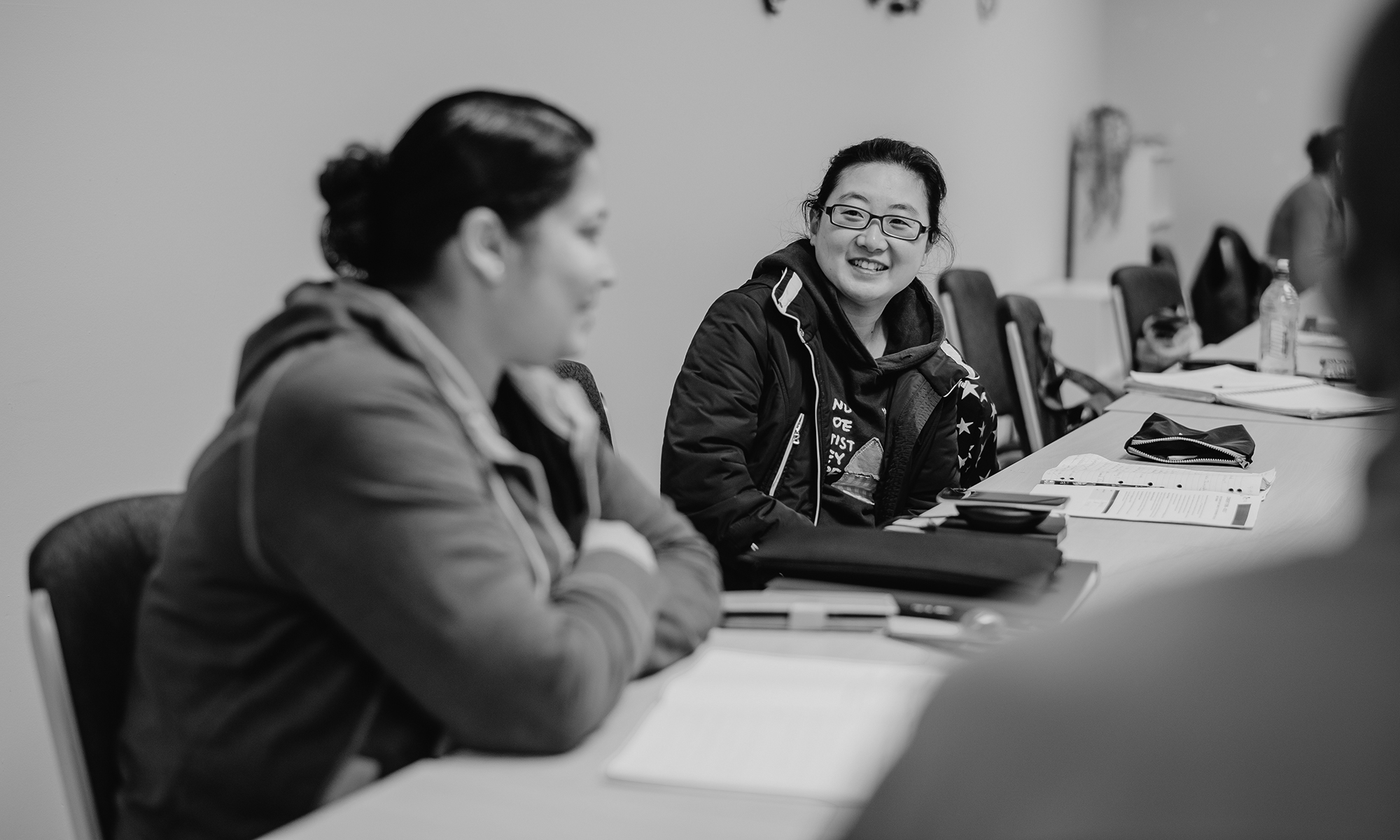Author/s: Jo Balatti, Stephen Black and Ian Falk
Edition: Volume 47, Number 2, July 2007
Summary: There is strong evidence that participation in education and training can produce social capital outcomes. There is also strong evidence that such outcomes are useful outcomes; they can enhance the development of other outcomes often called human capital and they can contribute to the social-economic wellbeing of the learners and the communities in which they live. Yet, little research has been done on the pedagogy and other conditions that produce social capital outcomes in education and training. This paper reports on a research project that investigated what teachers do to produce social capital outcomes in adult literacy and numeracy courses.
Keywords: social capital outcomes, human capital, wellbeing, socio-economic
[wpdm_file id=162]
